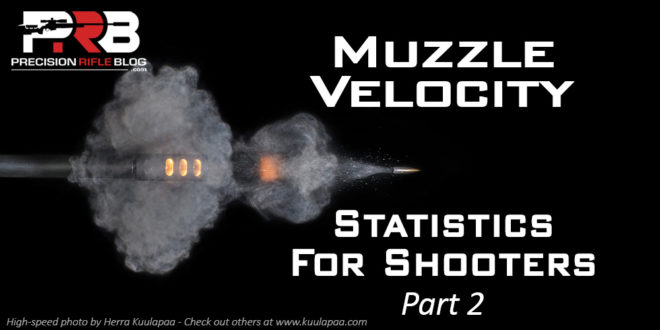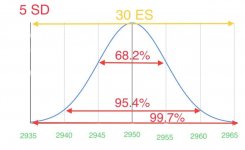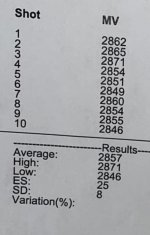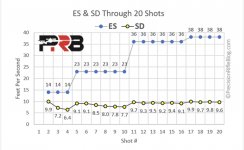Alright, fresh to the forum and need to see what the deal is (to know if I'm cut out for this place).
ES or SD... It's not a "both" kind of question.
Which is KING!?
If it's been discussed before... I don't give a shit... Wasn't here.
ES or SD... It's not a "both" kind of question.
Which is KING!?
If it's been discussed before... I don't give a shit... Wasn't here.








